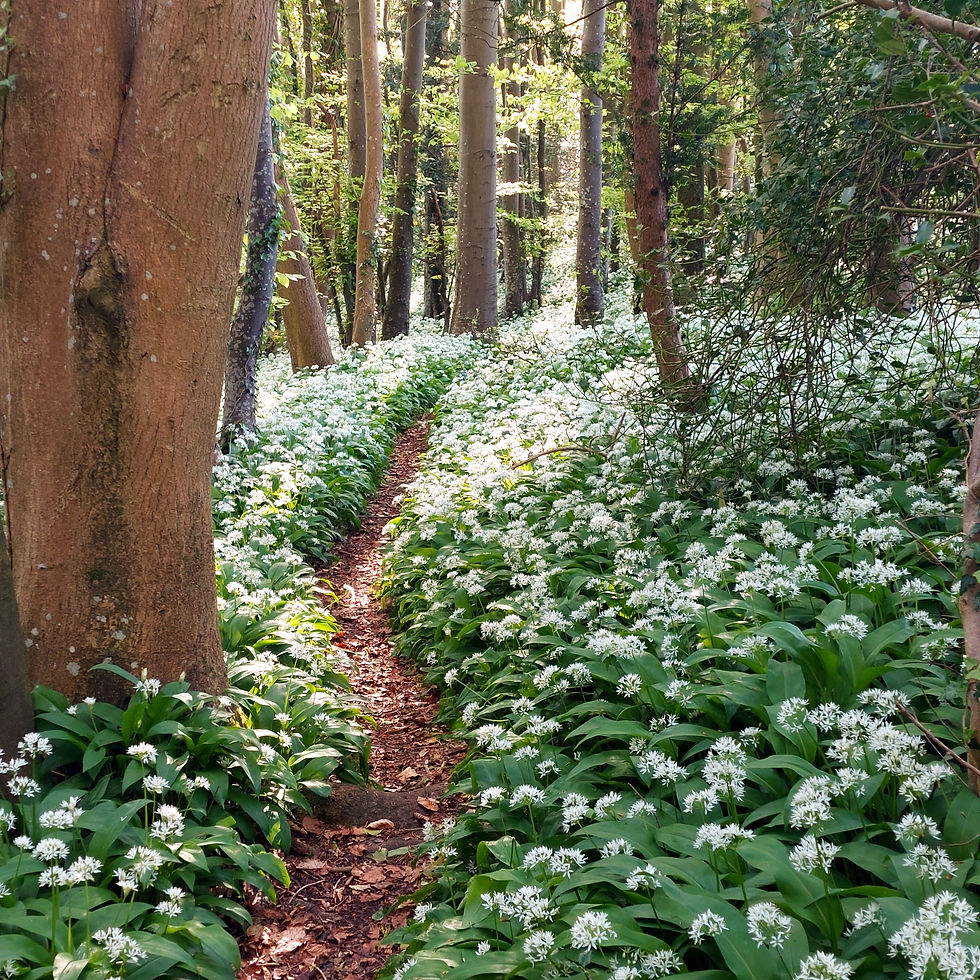What Drives Your Creative Brain?
- annabellenarey
- May 30
- 4 min read
Creativity is often seen as a mystical force that artists tap into, but the reality is much more grounded. The sources of inspiration are all around us, whether in nature, folklore, or our personal experiences. By exploring these elements, we can better understand how to fuel our artistic expression. In this post, we will delve into what drives the creative brain and offer practical tips to unlock your potential.
Nature: The Ultimate Muse
Nature has always been one of the most profound sources of inspiration for artists. The colors, patterns, and textures found in the natural world can spark ideas and evoke emotions. Many artworks, from paintings to sculptures, draw directly from the beauty of landscapes and the intricate details of flora and fauna.
One practical approach to harness this inspiration is to spend time outdoors. Go for a walk in the park, hike through the woods, or simply sit in your garden and observe your surroundings. Take a sketchbook or a camera and capture what you see.

Consider starting a nature journal. It can be a valuable tool for documenting your observations, thoughts, and sketches. As you spend time in nature, note how the changing seasons influence your mood and thoughts. Each season has its unique offerings that can fuel creativity in different ways.
Folklore: Stories That Shape Art
Folklore is another rich source of creativity. Every culture has its own myths, legends, and stories that provide a backdrop for artistic expression. These tales often encompass universal themes like love, loss, adventure, and tragedy, which resonate widely and inspire countless interpretations.
For artists looking to ignite their creativity, consider exploring folklore from different cultures. Research local legends or global myths and think about how they could inspire your work. You might find unique angles or a fresh perspective that enhances your artistic practice.
Another way to integrate folklore into your art is by creating your own stories. Think about personal experiences or observations that could take on a mythical quality. Narratives can serve as powerful undercurrents in your works, connecting viewers with deeper meanings.

Personal Experiences: The Heart of Creativity
Your personal experiences serve as a potent catalyst for creativity. Every moment in your life—joyful, painful, or mundane—can be transformed into artistic expression. By reflecting on these experiences, you can mine rich details that resonate both personally and with others.
One way to engage with your personal experiences is to reflect regularly. Journaling can be beneficial in this regard. Take time to write down your thoughts, feelings, and the stories behind significant events in your life. This practice will help you to externalize your internal world and open pathways to creative thinking.
Additionally, consider how you can draw experiences into your art. Maybe you're inspired by a significant event or a relationship. Use those moments to fuel your creative projects, allowing your audience to connect through shared experiences.

Practical Tips for Unlocking Creativity
If you'd like to learn more why click the "Free Fun Things" button below to do a quiz, watch a video or register interest in the "Kick Start Your Creativity" online course.
Unlocking your creative potential can sometimes feel overwhelming. However, there are practical steps you can take to help facilitate the creative process:
Set a Routine: Dedicate specific times each week for creative work. Consistency can help foster a creative mindset.
Limit Distractions: Create a comfortable workspace free of distractions. This can allow your mind to focus and flow more naturally into creativity.
Explore New Mediums: Trying new forms of artistic expression can open up pathways you never considered. If you typically paint, try writing or digital art.
Collaborate with Others: Engaging with fellow artists can provide fresh insights and enhance your creative process. Join workshops or local art communities.
Embrace Failure: Understand that not every attempt will be a success. Embrace mistakes as learning opportunities and avenues for growth.
By implementing these tips into your routine, you can enhance your creative capabilities and find new sources of inspiration.
Cultivating a Creative Mindset
To truly unlock your creative potential, it’s important to cultivate a mindset that embraces creativity. Start by challenging negative self-talk and fears associated with artistic endeavors. Remember that creativity is about exploration, not perfection.
Moreover, curiosity is key. Approach the world with a sense of wonder and intrigue. Be open to learning from everything around you. Ask questions, seek new experiences, and find inspiration in the unexpected.
Collaboration with people who share your interest can also foster a fertile environment for creativity. Their perspectives can challenge your own opinions and encourage growth. Artistic communities can be found online or in local spaces; utilize them to enhance your journey.
Finding Balance and Renewal
Lastly, finding balance in creative pursuits is vital. Just as important as being productive is taking breaks to rejuvenate your mind. Sometimes, stepping back and allowing your brain to rest can lead to breakthroughs that constant effort may not achieve.
Incorporating mindfulness practices, like meditation or yoga, can help create mental clarity. These practices can alleviate stress and promote a positive state of mind. Finding time for relaxation can not only recharge your creativity but also bring about deeper insights into your work.
Ultimately, finding what drives your creative brain requires self-exploration and a willingness to embark on a journey. Nature, folklore, and personal experiences can act as powerful motivators. By understanding and connecting with these elements, artists can unlock their full potential and produce work that resonates profoundly with themselves and their audience. So go ahead—dive into your creative journey and explore what inspires you the most!




nice